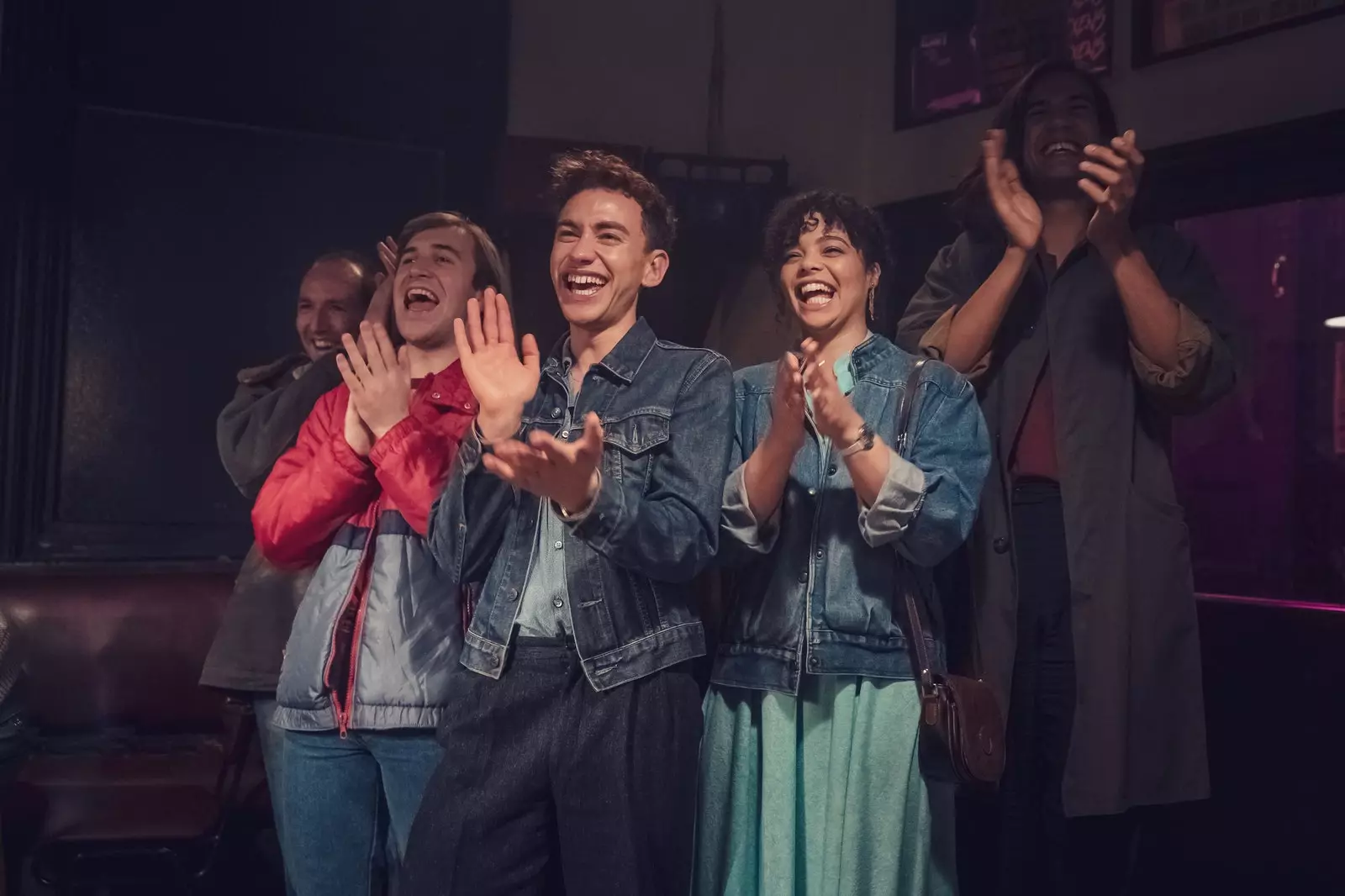
These are the locations of 'It's a Sin'.
While there have already been stories on screen about the AIDS crisis centered on New York and San Francisco, not so many have been set in London . Now, It's a Sin, a five-part HBO series created by Russell T. Davies, chronicles the lives of a close-knit group of young gay men and their friends as they roam London during the onset of the AIDS epidemic.
Beginning in 1981 and ending a decade later, the show takes us to places of joy and self-discovery , such as smoky pubs, nightclub dance floors, crowded parties at the gang's shared flat, the Pink Palace, as well as scenes that summarize the terror of that time: the deceased and the hospitals.
We speak with Peter Hoar, direct from the five episodes about what it took to recreate London in the 1980s , the importance of highlighting the joy throughout the show and the memory of nightclubs that he wishes he could have kept.
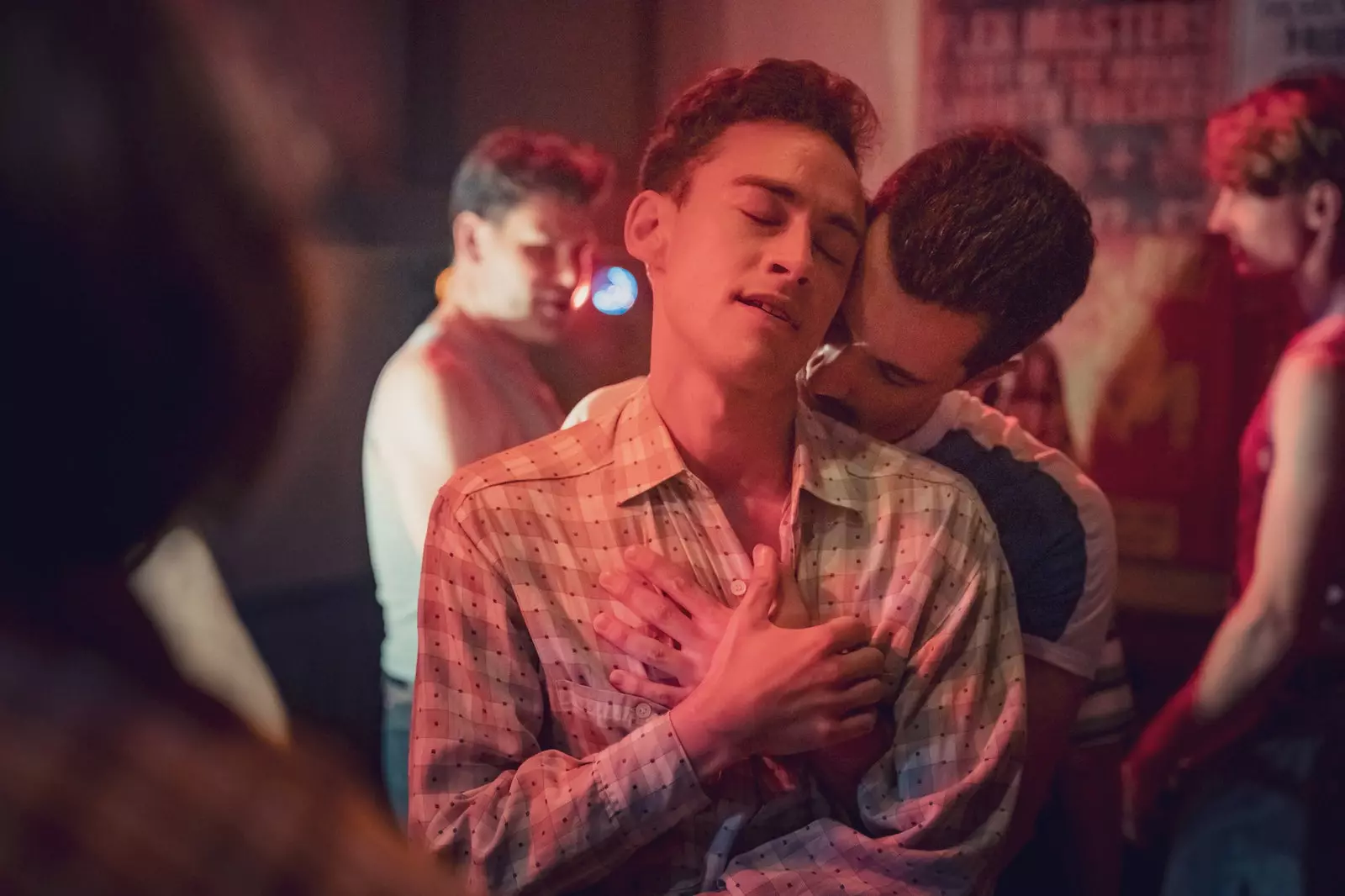
An open door to 80's London nightclubs.
Condé Nast Traveler: Manchester was transformed into 1980s London for the show. How did you do it?
Peter Hoar: With regard to the UK in the 1980s, things did not look the best at the time. So we were looking for places where you could live well. For the Pink Palace, for example, we needed to find something that resembled London in 1981 and that it was also the kind of place that students could afford with very low wages.
We managed to find this outside in an alley just off Manchester's main street , which looked like it hadn't been touched in years; the shops had been boarded up, but it has a wonderful record store, Clampdown Records, which we were able to use, and put 80's LPs in the window . But we really needed things to look a little bit, you know, without love. This (period) was before gentrification in (part of) London, so we had to find areas of Manchester that gave us that feeling.
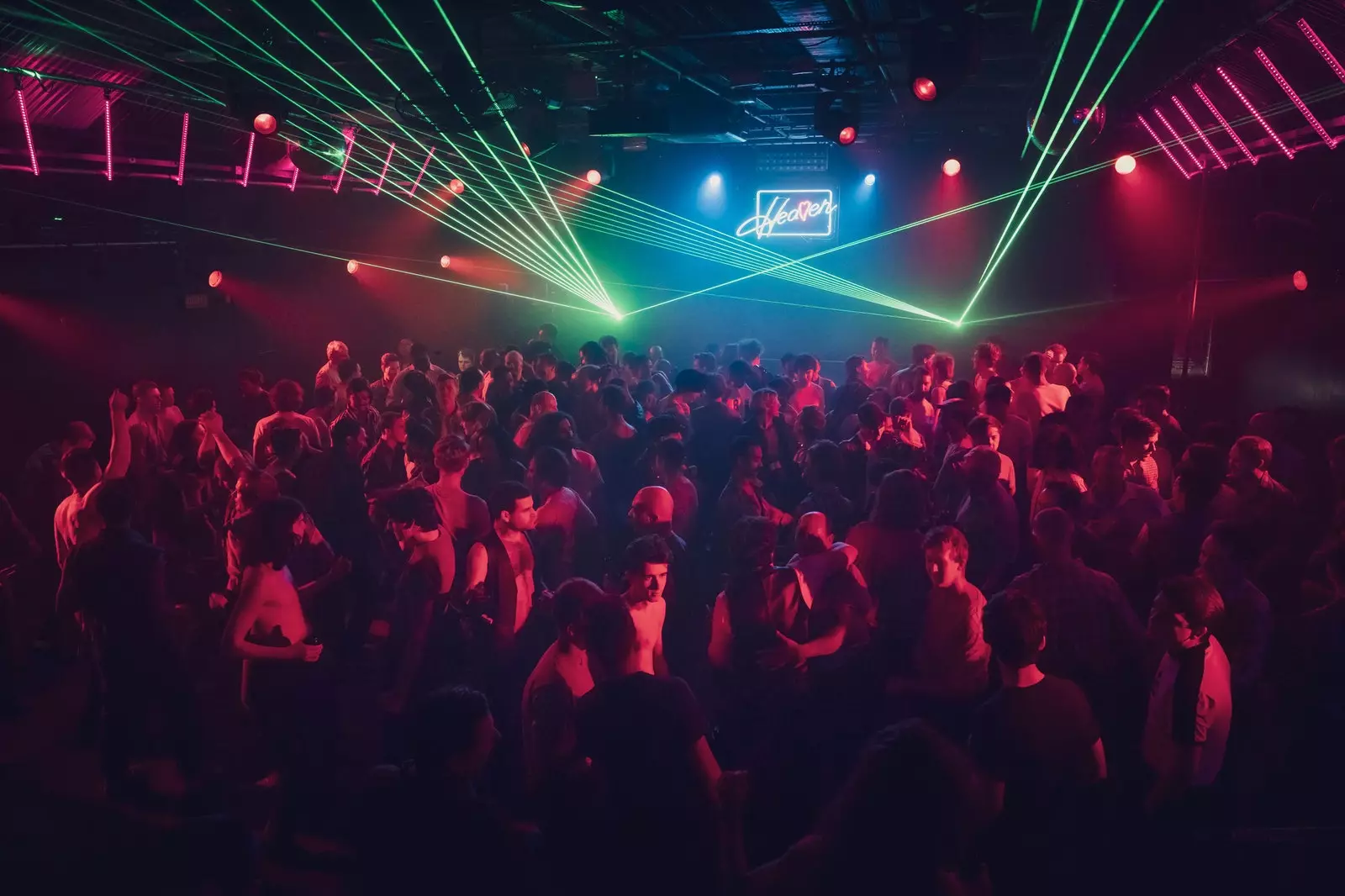
'It's a Sin' has even recreated the iconic Heaven club.
Q: Did you seek to capture through the places in London that feeling of youth that existed?
A: The show is much more about life than death , so colors were very important to us, especially the ones that individuals carry with them when you see them, say, walking down the street to their favorite bar. The area where we found the pub (in which we filmed) was very industrial , kind of bland really, but by putting the characters in front of it, it brought it to life. That's what I was trying to create: a world that revolved around people, community and individuals , because in the end, the gay scene back then took place in parts of London that no one else wanted.
We also shot a whole sequence around Manchester where Ritchie tells everyone that he doesn't believe in AIDS and HIV as he travels from one place to another. (That scene) is absolutely about him. He is like the Pied Piper of Hamelin. So we gave it a similar feel to 42nd Street or West Side Story. It's a bit intense because we were trying to show that what mattered most was the people, not the place..
Q: That scene reminded me of when we were sitting in bars early last year, listening to people say we didn't have to worry about Covid.
A: We didn't know this was going to happen when we were shooting, and it seems like it's gotten more and more comparable ever since. We were worried about airing a show about a deadly virus during another deadly virus , but it seems that sometimes those comparisons are important because if people realize that we've done this before and we've made the same mistakes before, then maybe they'll think twice about joining the bandwagon that says, “Oh, it's nothing, you don't have to worry about it. Everything's fine".
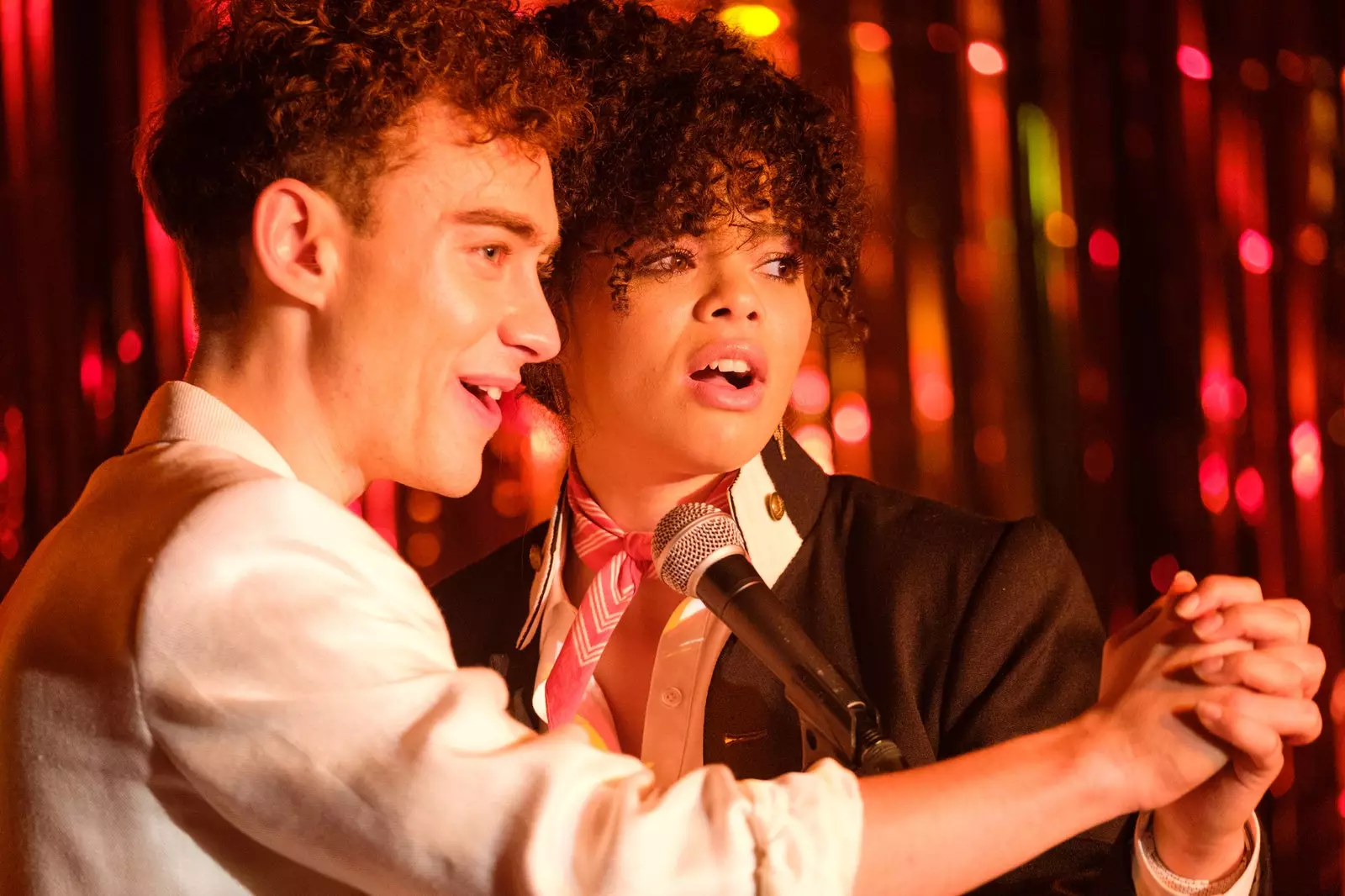
'It's a Sin' creates a parallel between joy and fear.
Q: The show continually portrays the joy and freedom of queer nightspots, including London's legendary Heaven nightclub. How did you achieve harmony between capturing the festive nature of a dance floor and the fear caused by AIDS?
A: I was too young for Heaven in the '80s, but I went in the '90s and it's been through a lot of transformations since then. But I think, at its core, it's the same place: this underground, dark, but brightly colored, sexy, smoky environment. under the arches.
Initially, we were obsessed with finding something in Manchester that looked like it, but I don't think I needed to worry, because in reality what mattered were the lights and the people. We filled it with smoke and had the lasers and the beautiful Heaven symbol (I wish I had taken it home).
But one of the things that really what caught my attention were the extras with which we filled the space , which were age appropriate and just plain fun. When you looked around you thought, these are the people this would have affected, these are the people who would have died. I think that affected me a lot.
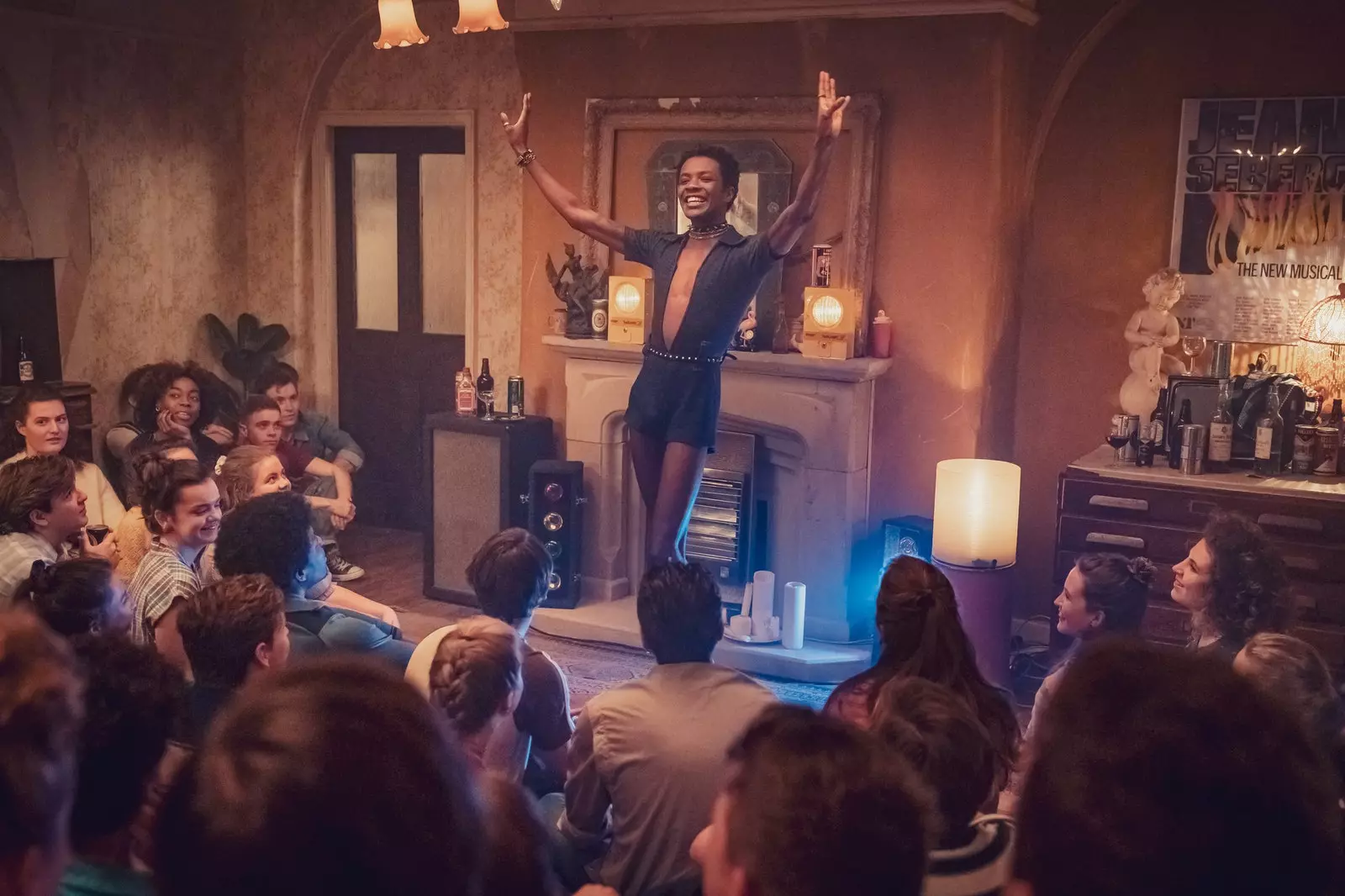
"That moment is about finding a network of safe spaces, and everyone was together for their community. They were united."
Q: Nightclubs can also be very important community spaces, especially in times of crisis.
A: When that episode came out (in the UK), a lot of people were saying to me: “My God, I wish I could go to a club. I wish I could walk into a bar. I wish I could hug people." . That has been lost for a long time, and some of these bars and clubs are the only places where you can really be yourself.
Q: So, which location meant the most to you?
A: I think the Pink Palace was the key to everything. The interior was a set that we built ourselves, but it fooled a lot of people because we inserted pictures in the windows. to make it look like the London skyline of the 80's . From the first party in the first episode, when Colin shows up in his costume and does a silly dance, the authenticity was already felt.
I remember looking at the place and thinking: I've been to this party . We have all been. Showing up to a party like that can seem like a visceral life affirmation when you're 18. These characters had just discovered who they really were, and they had discovered their own sexuality, and they wanted to run with it. That moment is about finding a network of safe spaces, and everyone was together for their community. were united.
Article originally published by Condé Nast Traveler USA
